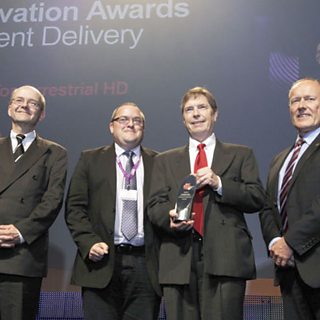Abstract
This report is based on a ±«Óãtv tutorial paper describing several bit-rate reduction techniques which have been studied at the ±«Óãtv and which are used for the transmission of digital television signals. The techniques described are Sample-Rate Reduction, Differential Pulse Code Modulation (DPCM) coding - including a review of linear prediction theory and quantisation, Transform Coding (DCT), Entropy Coding and Vector Quantisation. The text of the tutorial was first prepared in 1986 before some of the recent advances in low bit-rate coding for television involving techniques such as motion compensated interframe prediction and subband coding. However, the material presented here continues to prove itself to be a useful introduction to the subject and therefore it has been reprinted in the hope that it will give useful insights to engineers requiring a reasonably detailed introduction to bit-rate reduction of television signals.
White Paper copyright
© ±«Óãtv. All rights reserved. Except as provided below, no part of a White Paper may be reproduced in any material form (including photocopying or storing it in any medium by electronic means) without the prior written permission of ±«Óãtv Research except in accordance with the provisions of the (UK) Copyright, Designs and Patents Act 1988.
The ±«Óãtv grants permission to individuals and organisations to make copies of any White Paper as a complete document (including the copyright notice) for their own internal use. No copies may be published, distributed or made available to third parties whether by paper, electronic or other means without the ±«Óãtv's prior written permission.
